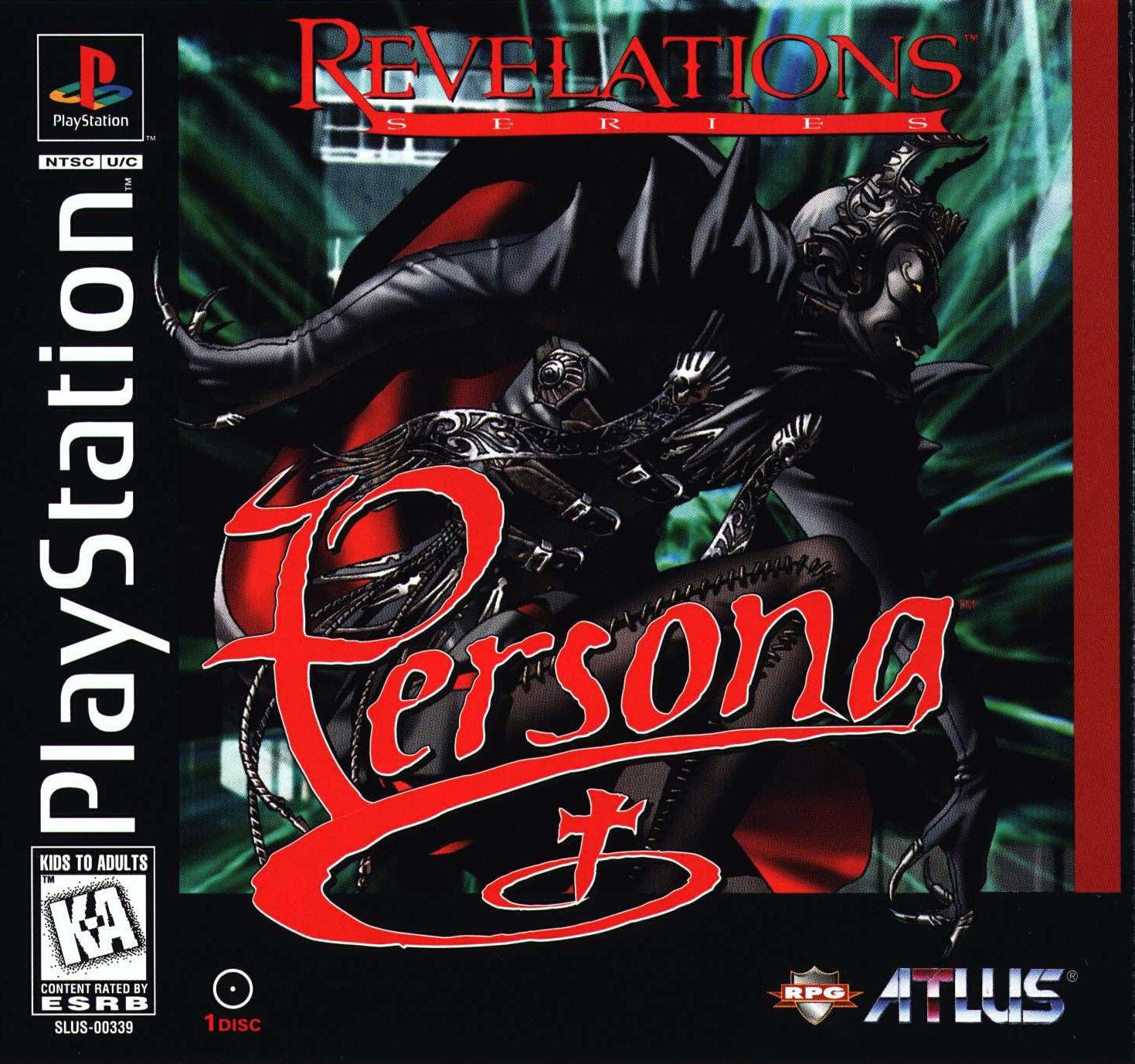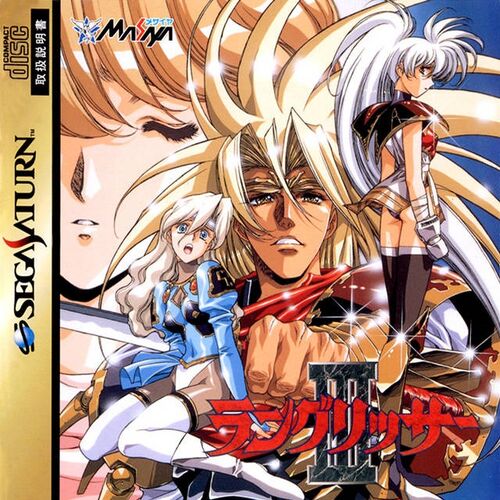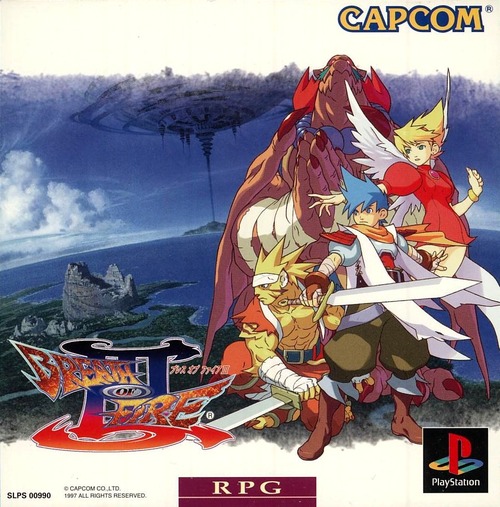Game No. 78

Title: Fire Emblem: Genealogy of the Holy War
Developer: Intelligent Systems
Platform: Super Famicom
Release Date: May 14, 1996 (Japan)
Comment: Featuring a plot spanning two generations, Genealogy of the Holy War brought forth a number of new gameplay mechanics that would become mainstays of the series, out of which the so called "Weapon Triangle" system has come to be regarded as the perhaps most significant. The title would also prove to become the last game produced by the late Gunpei Yokoi.
The plot takes place in the fictional continent of Jugdral, home to eight different realms, seven of which trace their lineage to the so called Twelve Crusaders, who overthrew the oppressive Lopto Empire centuries before the events depicted in the game. The story is set in motion as the eighth nation, the kingdom of Verdane, launch a military invasion against the kingdom of Grannvale, which in turn is already at war with the kingdom of Isaach. Initially you play as Sigurd, a descendant of one of the Twelve Crusaders and knight lord of Grannvale, who has set out to aid his friend Adean, a priestess who has been kidnapped by Verdanish troops.
The story is told through twelve chapters/missions, including a prologue and finale. As per usual, the game is viewed from a top-down perspective. The gameplay foundation established in the first and third installments has reportedly been kept largely intact, but the developers have also decided to introduce a range of new features, complemented by various tweaks and alterations to older mechanics.
First off, there's no limit to how many units one can bring into battle this time. To compensate for this, there are fewer recruitable characters to be found in the campaign. Battles take on a more defensive dimension this time around, since one apparently always starts with a castle which one must not let the enemy capture; on the other hand, there are now multiple enemy castles one needs to capture to win a chapter. In addition to shops and storage locations, maps now also feature locations where one can repair equipment.
The perhaps most frequently noted addition comes in the form of the aforementioned Weapon Triangle, a rock-paper-scissors relationship that encompasses physical weapons as well as magic spells. Among physical weapons, axes beat lances, lances beat swords, and swords beat axes. As for spells, fire beats wind, wind beats thunder, and thunder beats fire. However, even though weapons and spells wield advantages over others of a given type, characters in possession of sufficiently high stats may still perform well despite being at a disadvantage in this regard. Furthermore, there are two spell schools, light and dark, which operate outside of this triangle system.
Also introduced with this title are special skills, restricted to certain character classes or even individual units. These skills trigger by command, under specific conditions, or by chance.
Another new mechanic is a romance system in which units in the first half of the game gather so called "Lover points". These can be boosted by having two characters stand next to each other at the end of a turn or by having them engage in predetermined conversations at specific points in the game. Adjacent units who have developed their relationship far enough also have an increased chance of scoring critical hits. Should the parties of such a relationship be of opposite sex and both survive the first half of the game, they may produce offspring which will inherit weapons, special skills and stat growths from their parents. Though, if the potential parents die or do not fall in love, a substitute character will take the child's place in the game's second half. Units present during the latter half also accumulate Lover points, but only enjoy the critical hit bonus.
As in previous entries, enemies may burn down villages, but since villages now take up more than one square on the map players can now partially prevent a settlement's destruction, although at reduced monetary rewards. Money is now earned individually among units and can only be transferred by characters of the Thief class or by units who have developed a romantic relationship. For unknown reasons, the ability to trade equipment between characters has been scrapped, but there are workarounds.
As before, when a unit reaches level 20 they may be promoted, but instead of reverting to level 1 upon doing so, they keep their attained level and continue to amass experience until they reach level 30. Arenas, wherein one may train troops, return, but this time they contain a finite number of opponents.
The original Super Famicom version of Genealogy of the Holy War has sold nearly 600,000 copies in Japan. Yet again, professional reviews elude me with this series. Nevertheless, both the Weapon Triangle and Special Skill systems came to be further developed and refined by future installments, and while the mechanic involving romantic relationship wouldn't be reinstated until Awakening, it is commonly considered to be a forerunner to the so called Support system, introduced in Binding Blade.

Title: Fire Emblem: Genealogy of the Holy War
Developer: Intelligent Systems
Platform: Super Famicom
Release Date: May 14, 1996 (Japan)
Comment: Featuring a plot spanning two generations, Genealogy of the Holy War brought forth a number of new gameplay mechanics that would become mainstays of the series, out of which the so called "Weapon Triangle" system has come to be regarded as the perhaps most significant. The title would also prove to become the last game produced by the late Gunpei Yokoi.
The plot takes place in the fictional continent of Jugdral, home to eight different realms, seven of which trace their lineage to the so called Twelve Crusaders, who overthrew the oppressive Lopto Empire centuries before the events depicted in the game. The story is set in motion as the eighth nation, the kingdom of Verdane, launch a military invasion against the kingdom of Grannvale, which in turn is already at war with the kingdom of Isaach. Initially you play as Sigurd, a descendant of one of the Twelve Crusaders and knight lord of Grannvale, who has set out to aid his friend Adean, a priestess who has been kidnapped by Verdanish troops.
The story is told through twelve chapters/missions, including a prologue and finale. As per usual, the game is viewed from a top-down perspective. The gameplay foundation established in the first and third installments has reportedly been kept largely intact, but the developers have also decided to introduce a range of new features, complemented by various tweaks and alterations to older mechanics.
First off, there's no limit to how many units one can bring into battle this time. To compensate for this, there are fewer recruitable characters to be found in the campaign. Battles take on a more defensive dimension this time around, since one apparently always starts with a castle which one must not let the enemy capture; on the other hand, there are now multiple enemy castles one needs to capture to win a chapter. In addition to shops and storage locations, maps now also feature locations where one can repair equipment.
The perhaps most frequently noted addition comes in the form of the aforementioned Weapon Triangle, a rock-paper-scissors relationship that encompasses physical weapons as well as magic spells. Among physical weapons, axes beat lances, lances beat swords, and swords beat axes. As for spells, fire beats wind, wind beats thunder, and thunder beats fire. However, even though weapons and spells wield advantages over others of a given type, characters in possession of sufficiently high stats may still perform well despite being at a disadvantage in this regard. Furthermore, there are two spell schools, light and dark, which operate outside of this triangle system.
Also introduced with this title are special skills, restricted to certain character classes or even individual units. These skills trigger by command, under specific conditions, or by chance.
Another new mechanic is a romance system in which units in the first half of the game gather so called "Lover points". These can be boosted by having two characters stand next to each other at the end of a turn or by having them engage in predetermined conversations at specific points in the game. Adjacent units who have developed their relationship far enough also have an increased chance of scoring critical hits. Should the parties of such a relationship be of opposite sex and both survive the first half of the game, they may produce offspring which will inherit weapons, special skills and stat growths from their parents. Though, if the potential parents die or do not fall in love, a substitute character will take the child's place in the game's second half. Units present during the latter half also accumulate Lover points, but only enjoy the critical hit bonus.
As in previous entries, enemies may burn down villages, but since villages now take up more than one square on the map players can now partially prevent a settlement's destruction, although at reduced monetary rewards. Money is now earned individually among units and can only be transferred by characters of the Thief class or by units who have developed a romantic relationship. For unknown reasons, the ability to trade equipment between characters has been scrapped, but there are workarounds.
As before, when a unit reaches level 20 they may be promoted, but instead of reverting to level 1 upon doing so, they keep their attained level and continue to amass experience until they reach level 30. Arenas, wherein one may train troops, return, but this time they contain a finite number of opponents.
The original Super Famicom version of Genealogy of the Holy War has sold nearly 600,000 copies in Japan. Yet again, professional reviews elude me with this series. Nevertheless, both the Weapon Triangle and Special Skill systems came to be further developed and refined by future installments, and while the mechanic involving romantic relationship wouldn't be reinstated until Awakening, it is commonly considered to be a forerunner to the so called Support system, introduced in Binding Blade.






-10.jpg)









